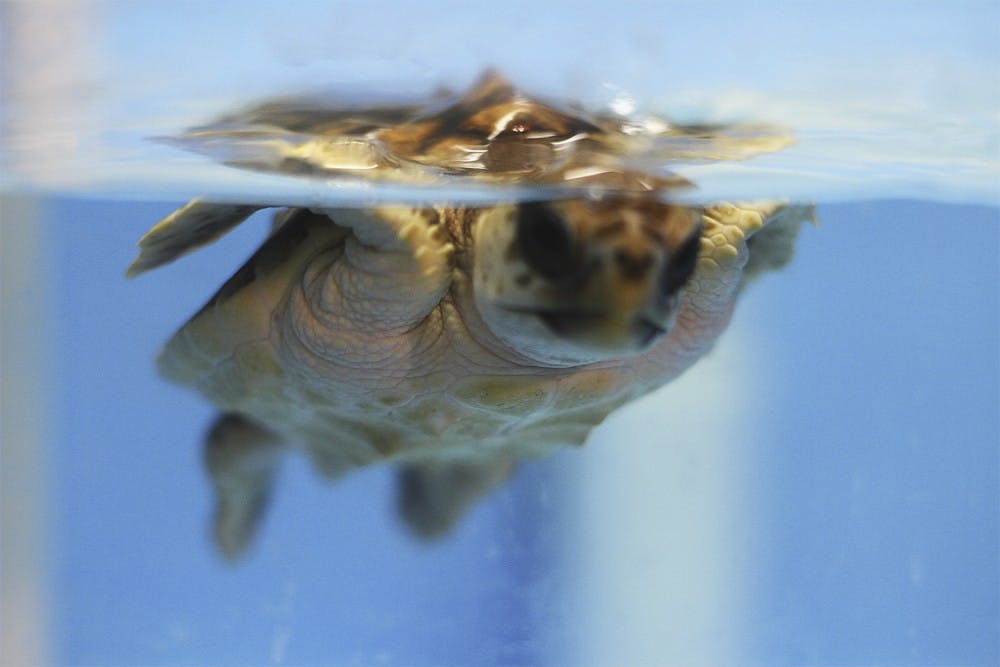Jean Beasley, director of the center, said many turtles have been affected by the sudden drop in temperatures because they cannot regulate their own temperature.
“Turtles are stressed by the sudden drop in temperature, and they often stop moving,” she said. “Their bodies essentially shut down, and their blood rushes to their core to protect their vital organs.”
This process is called cold stunning, and it is common when water temperatures drop suddenly after a period of warm weather.
But in her 30 years experience, Beasley said this is the largest cold stunning event yet.
Matthew Godfrey, a sea turtle biologist at the N.C. Sea Turtle Project, said as coastal sounds cool to about 55 degrees Fahrenheit, turtles aim to move to warmer waters near the Gulf Stream or further south.
“This year, (North Carolina) had a strong cold snap in early January with a quick drop in water temperatures that caused hypothermia in a large number of sea turtles,” he said.
Godfrey said specialists hope to direct turtles to warmer water.
“Sometimes this means transporting them offshore quickly, or they may need extra time in a rehabilitation center to recover from other injuries or wounds,” he said.




